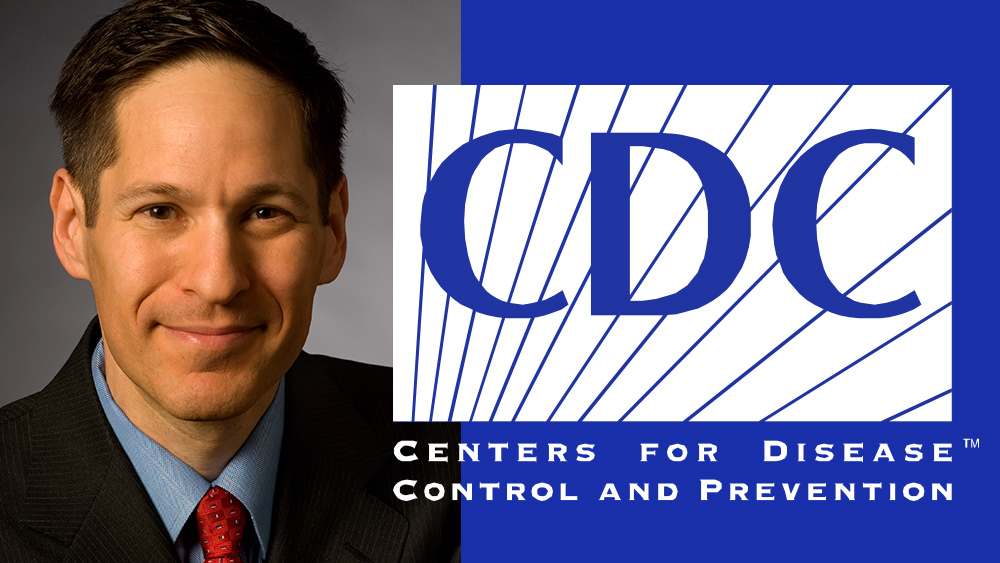WARNING: Sick patients being tricked into overpriced emergency rooms
09/07/2018 / By Russel Davis

Limited knowledge on the difference between an emergency room and a freestanding emergency room may be contributing to the rising out-of-pocket costs among U.S. patients, a report showed. According to the National Association of Freestanding Emergency Centers, long ER wait times and limited ER access across the country have resulted in the increasing number of freestanding emergency rooms. A report by the NBC News revealed that at least 35 states currently have some type of freestanding emergency room. According to the report, a majority of those establishments serve as off-campus ERs affiliated with an existing medical facility. However, more than a dozen of these freestanding emergency rooms were found to be owned by independent providers. The report also noted that regulations and licensure policies for these establishments vary per state.
An analysis also identified a big discrepancy in prices for procedures done in both traditional and freestanding ERs and those conducted in urgent care centers. As part of the research, the Colorado’s Center for Improving Value in Health Care examined claims data from the 2014 calendar year. The researchers found that seven out of 10 most common diagnoses overlapped among Colorado patients who either went to traditional and freestanding ER and those who went to urgent care clinics. The researchers also found that the median health care costs for both traditional and freestanding ER were significantly higher compared with urgent care establishments.
According to the analysis, the median emergency room bill for ankle sprain or strain was $1,060, compared with only $300 in urgent care facilities. The report also showed that the median emergency room bill for bronchitis was $980, nearly 10 times higher than that of urgent care centers at $200. In addition, the median cost of ear infection treatment in both traditional and freestanding ER was $760, compared with only $100 in urgent care establishments.
However, industry representatives were quick to defend the discrepancies in health costs, stating that freestanding emergency centers provide a higher level of care, have better trained emergency doctors, have round-the-clock operations, and carry sophisticated medical equipment.
“In case that sore throat that you had was actually something called epiglottitis, where your airway was about to close, you’re paying for the fact that you have the airway equipment there where you wouldn’t necessarily have that diagnostic ability in your doctor’s office. It’s more expensive to order a filet mignon than a hamburger. It’s two completely different types of care,” said Dr. Carrie de Moor. The physician currently runs her own small chain of freestanding emergency rooms in the Dallas area.
Mounting evidence on costly freestanding ER services
A recent study published in the Annals of Emergency Medicine highlighted the alarming discrepancies in freestanding ER costs. To carry out the study, a team of researchers examined more than 16 million insurance claims filed between 2012 and 2015. The researchers found that the total price of a freestanding emergency room visit averaged $2,199 in 2015, compared with only $168 for an urgent care clinic visit. The study also revealed that freestanding ER use grew 236 percent from 2012 to 2015 In contract, hospital-based ERs and urgent care clinics grew 10 percent and 24 percent, respectively, during the same period.
“These findings are significant for both patients who find themselves in need of immediate care, as well as for the overall health care system. Many patients mistakenly think that freestanding emergency departments and urgent care clinics are similar, because they are often conveniently located in neighborhood shopping centers with modest storefronts…The sticker shock is alarming. Insurers are being forced to pay higher prices for many health care services at freestanding emergency departments that could have been dealt with at much lower cost. These unnecessary medical costs then get passed onto all insurance consumers in terms of higher premiums,” said research co-author Vivian Ho.
Sources include:
Tagged Under: emergency department, emergency medicine, emergency room, freestanding ER services, urgent care, urgent care centers



















